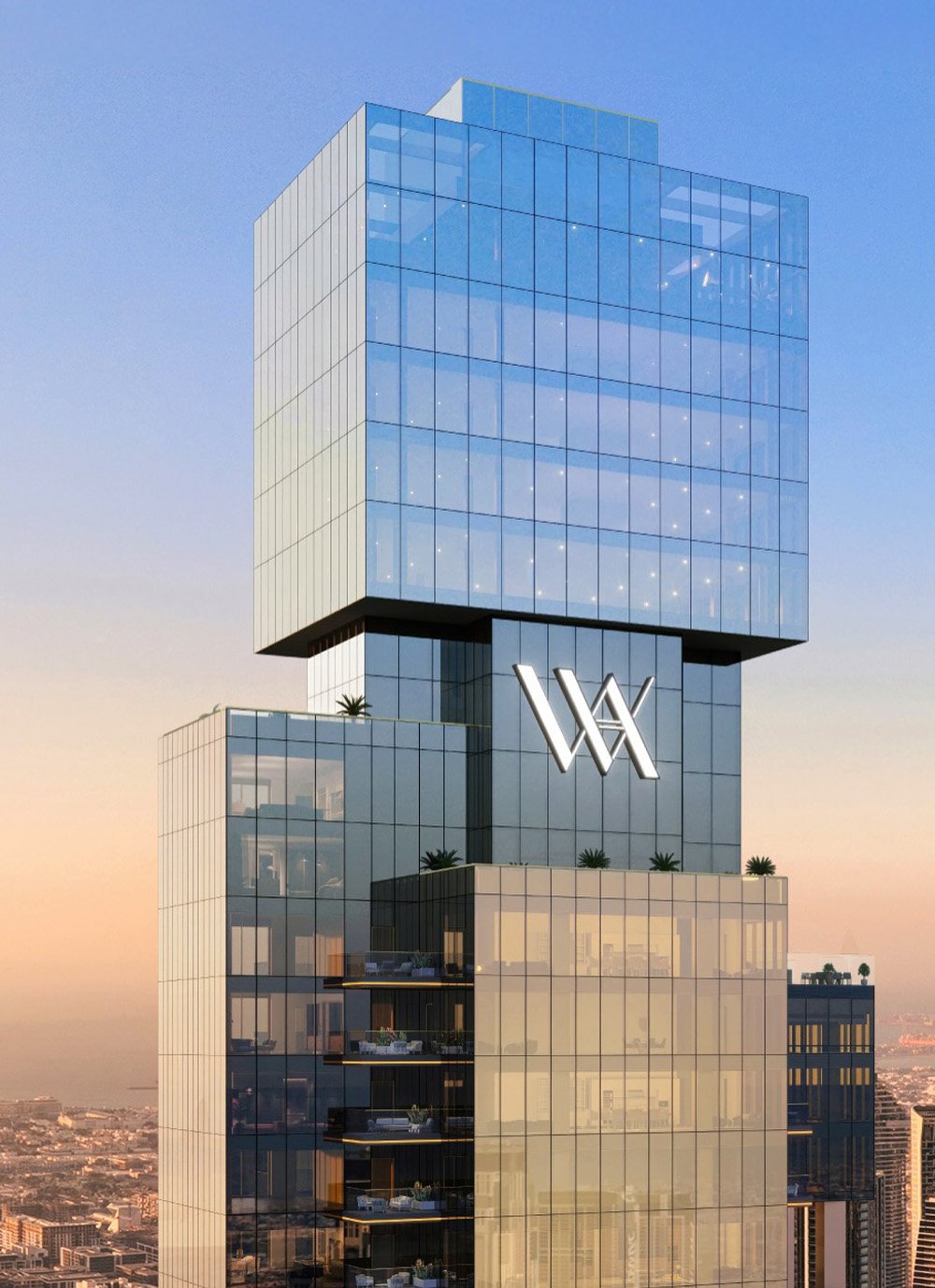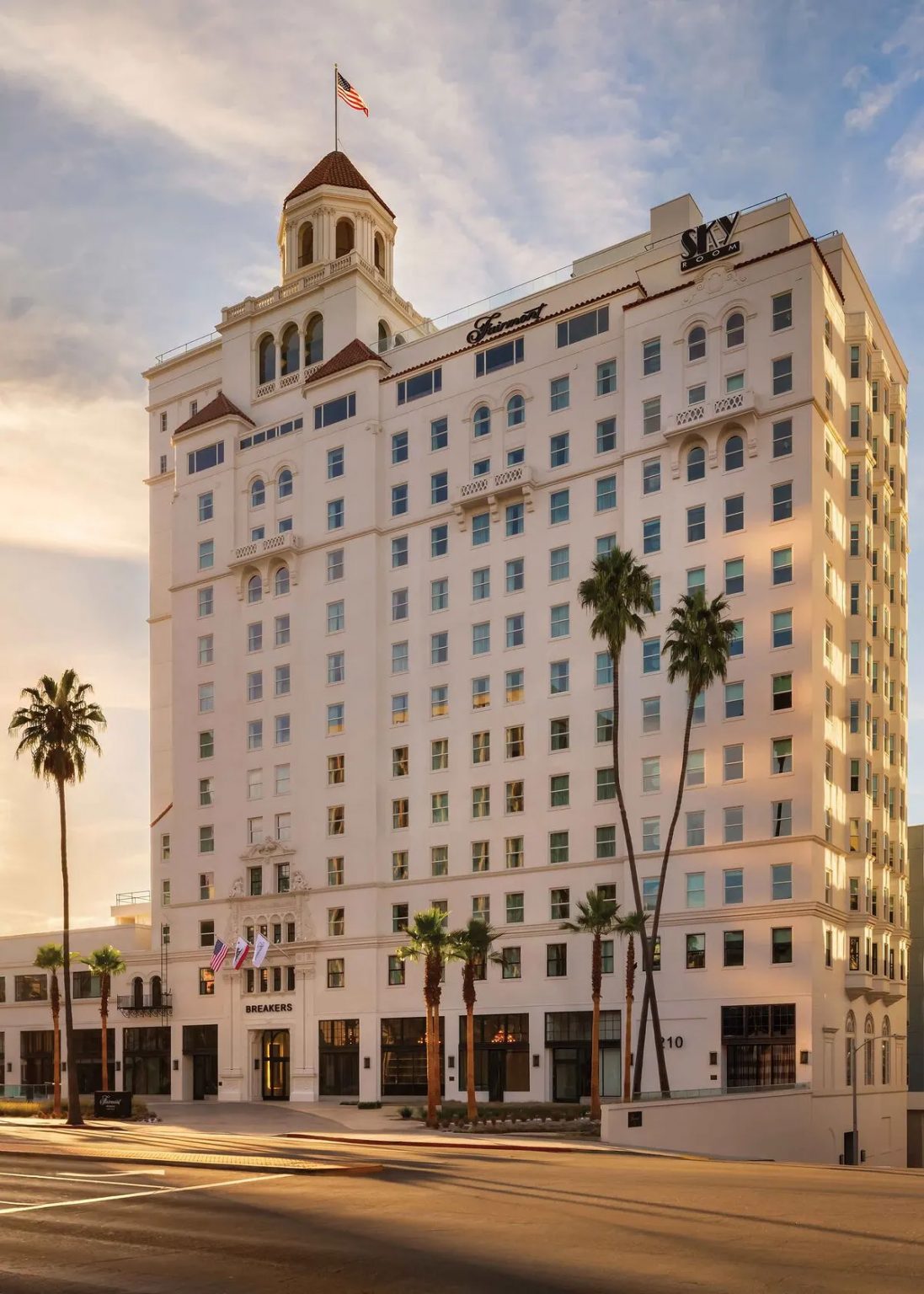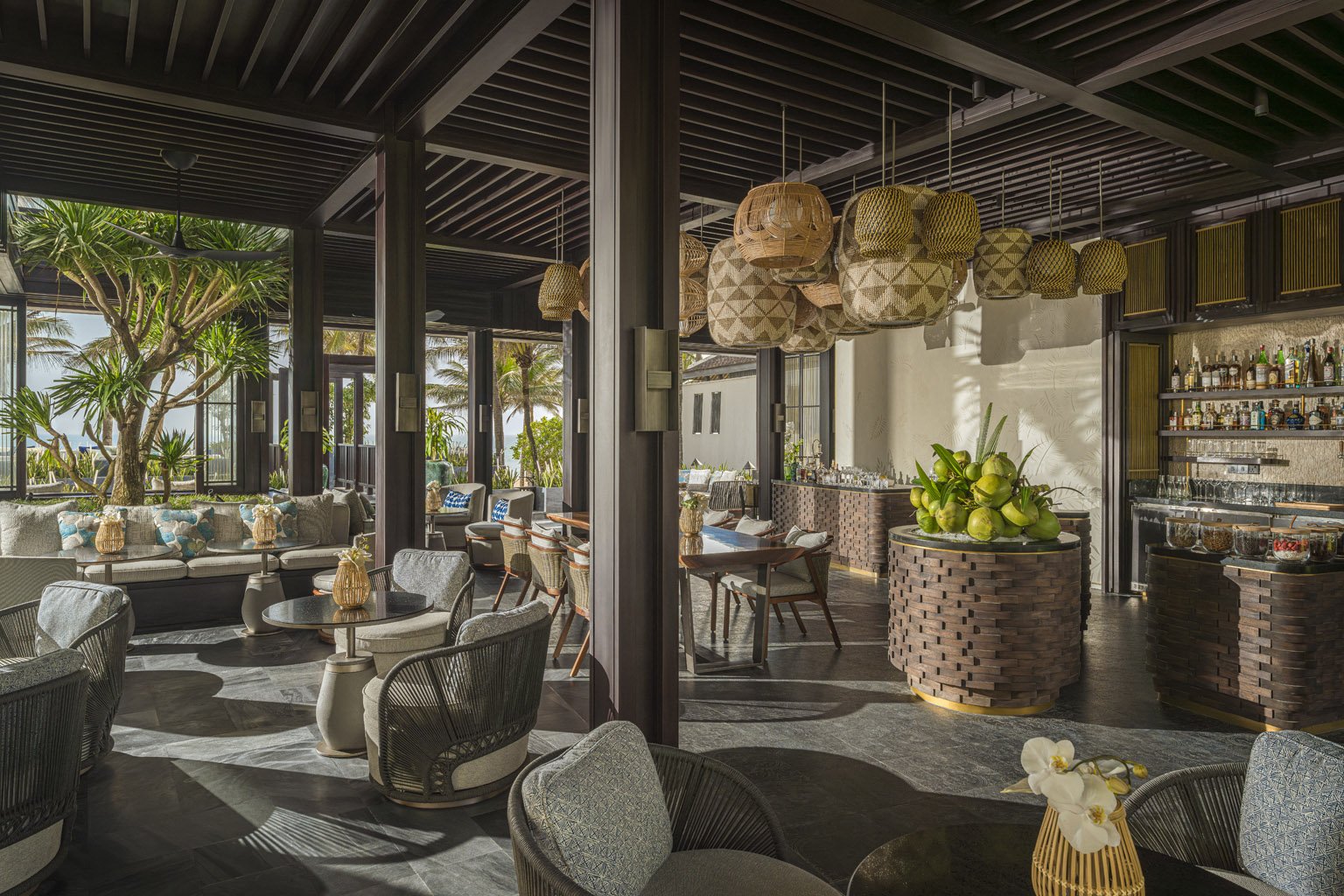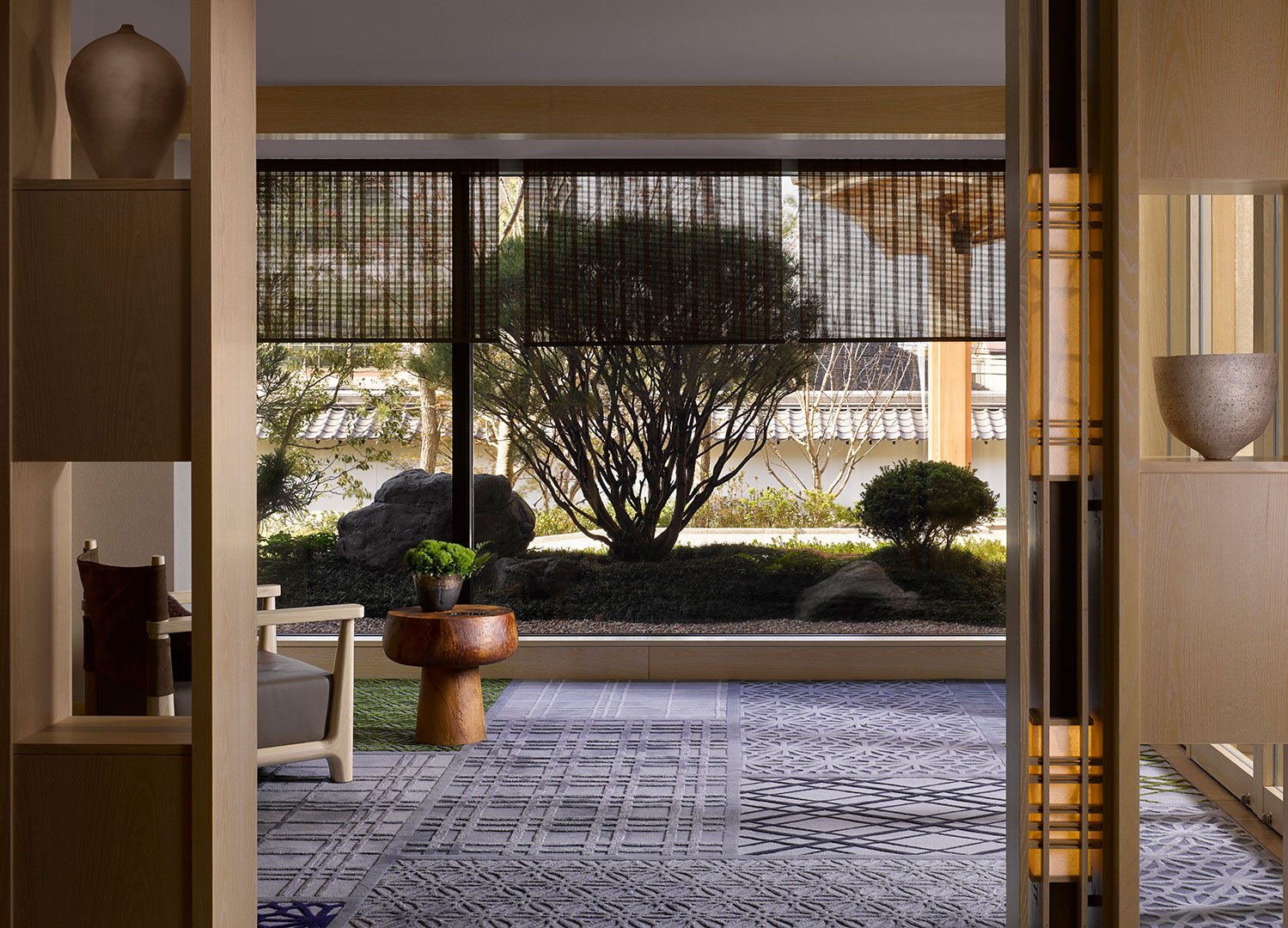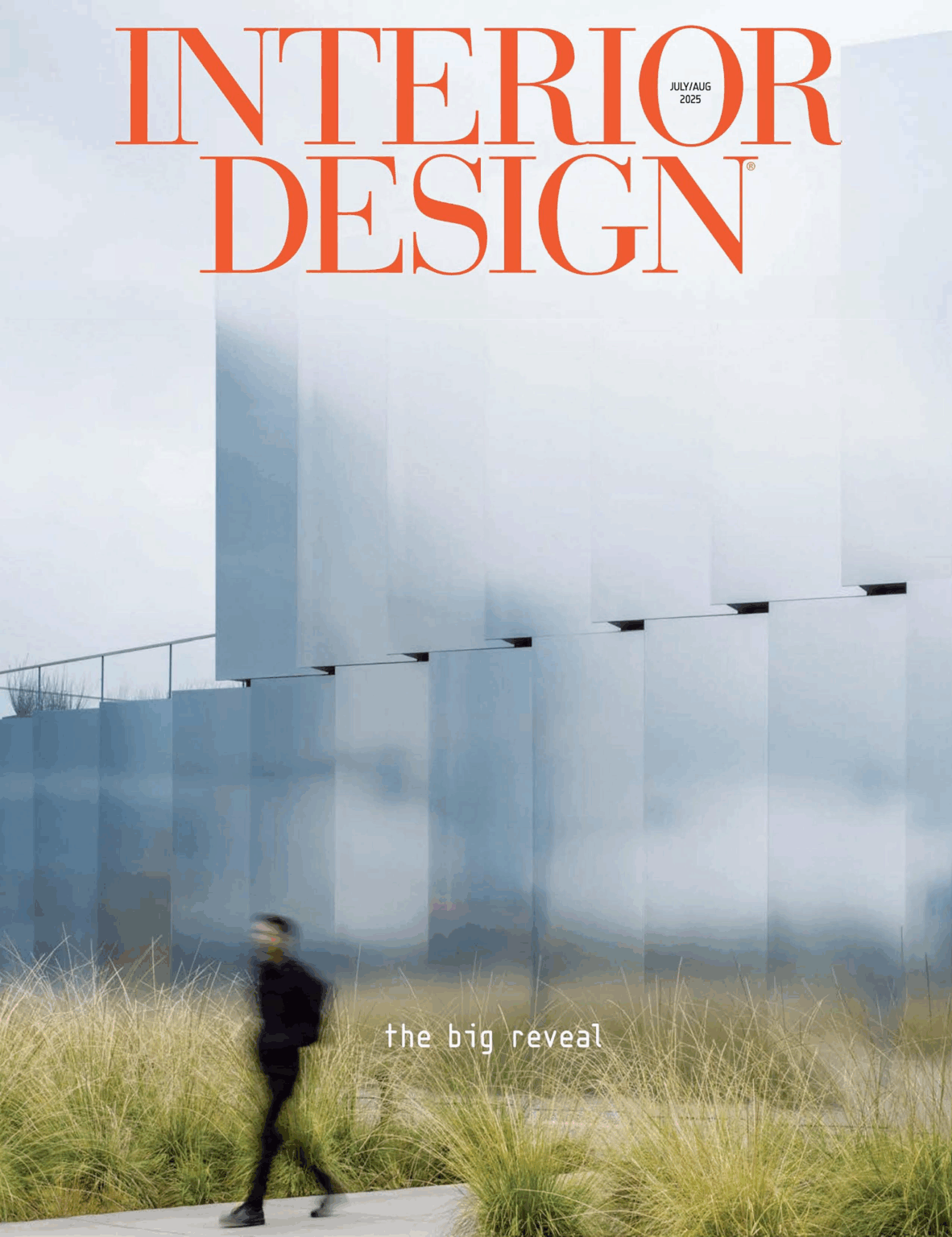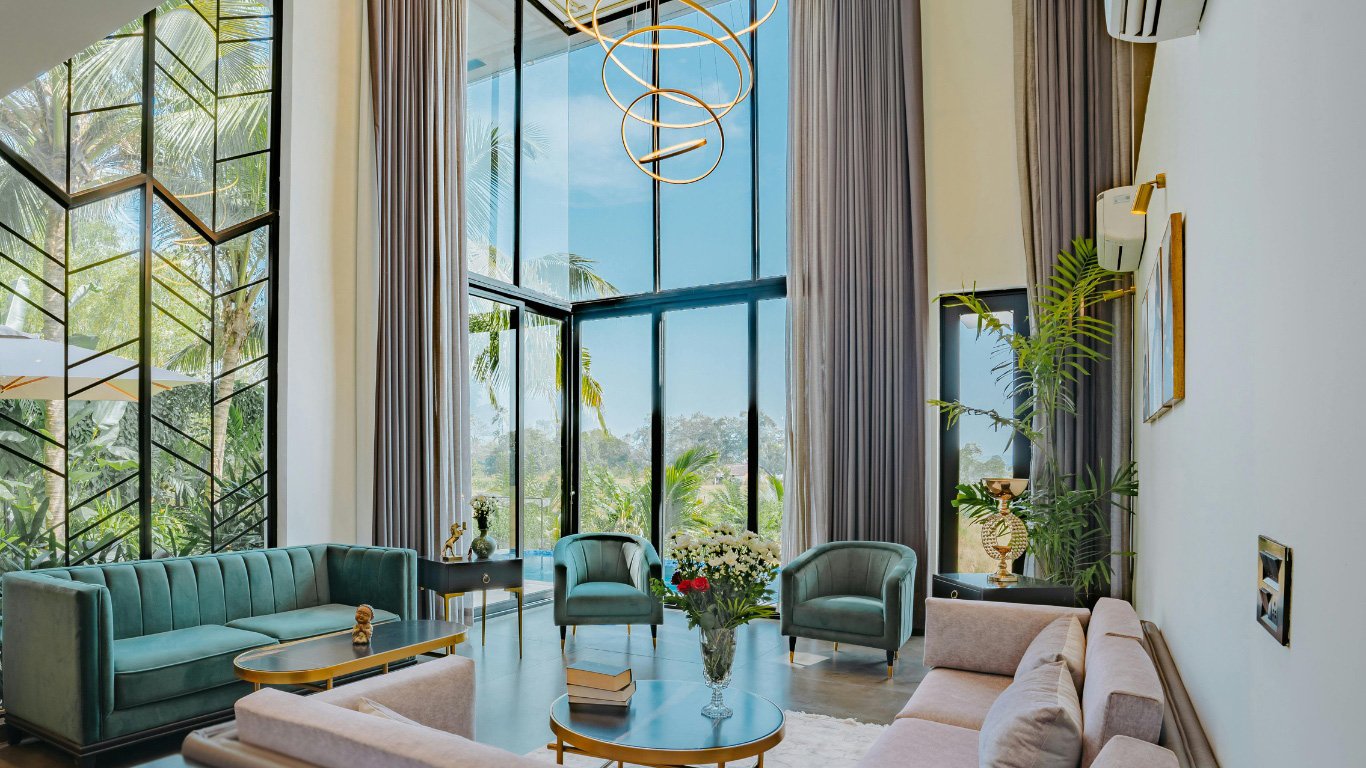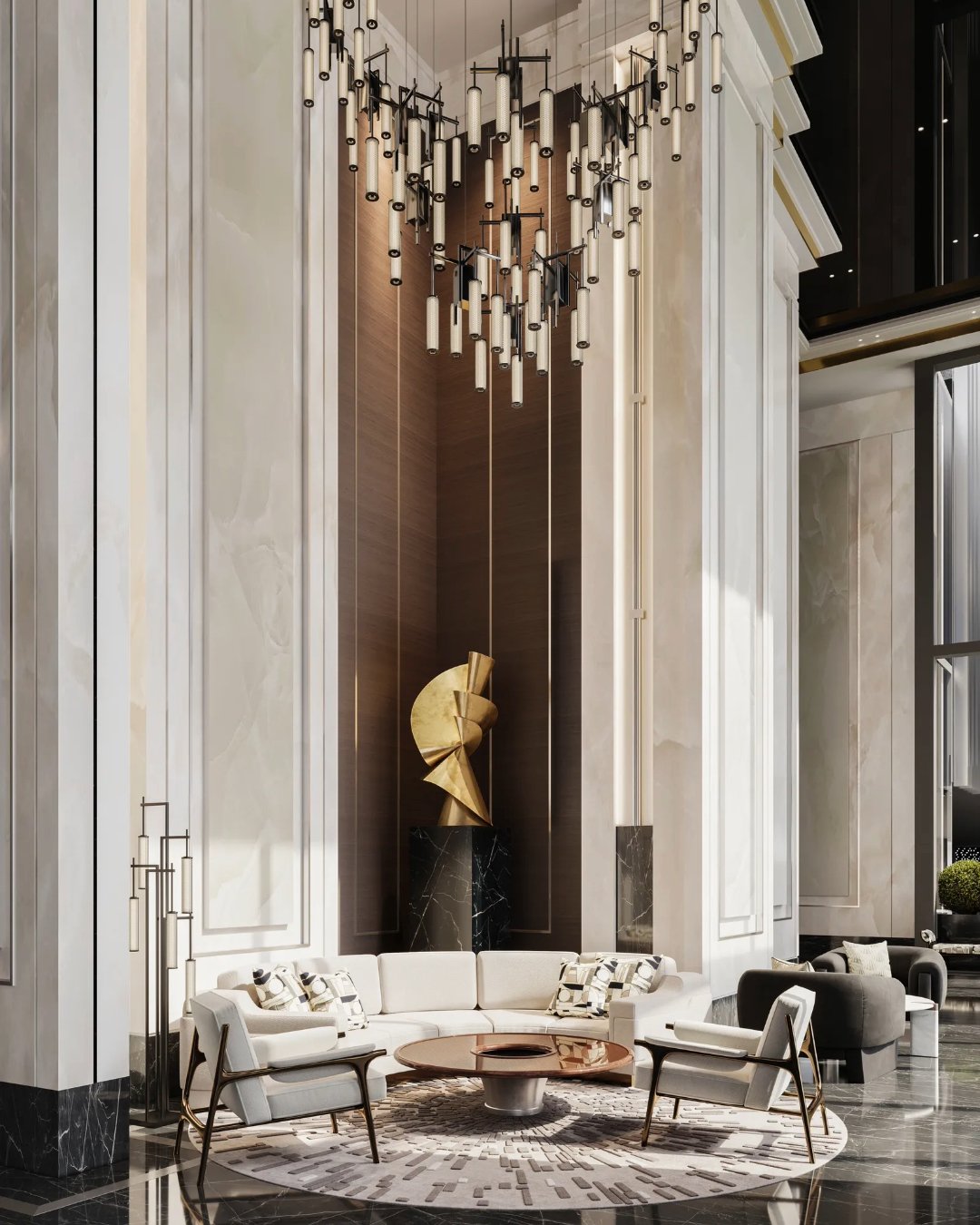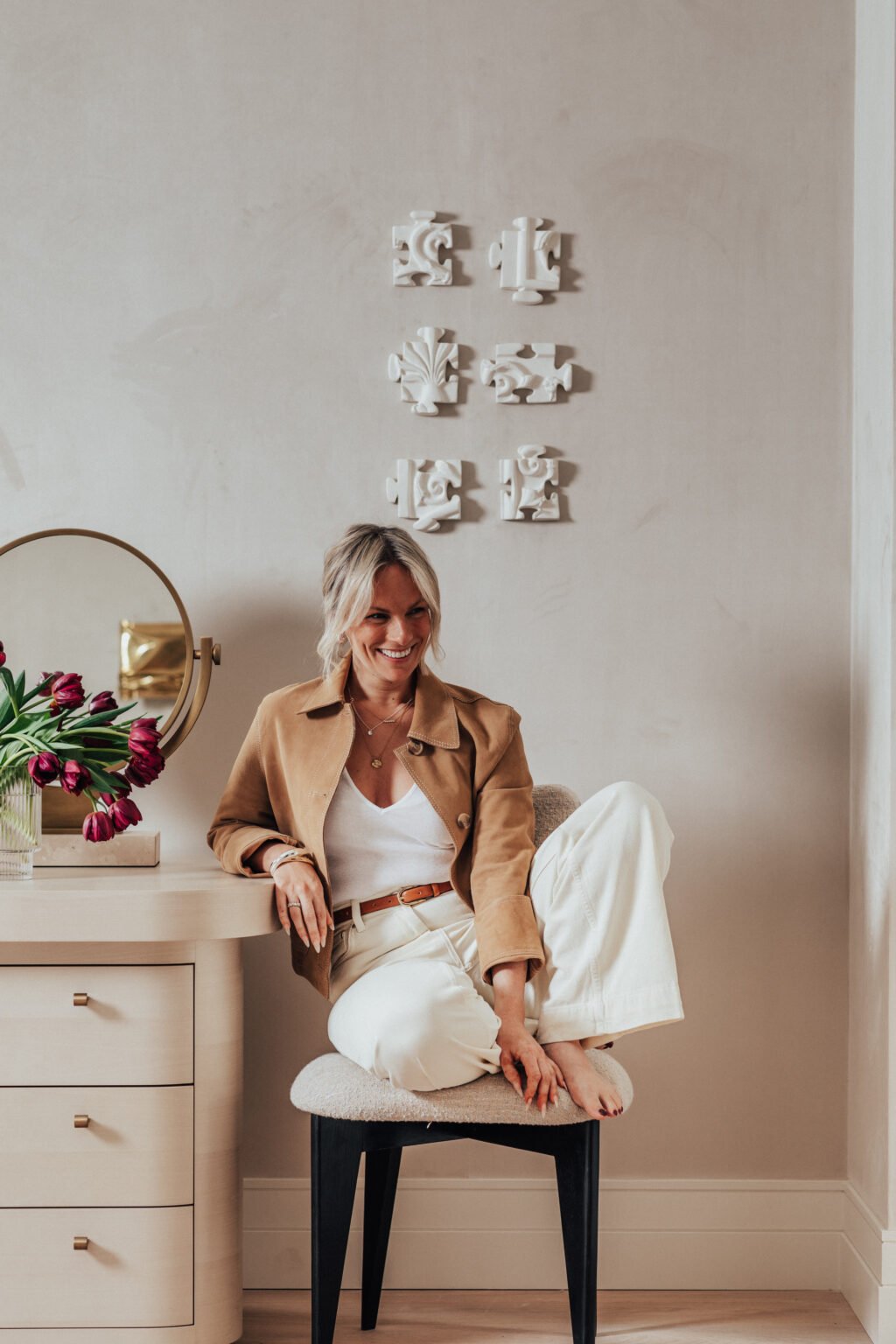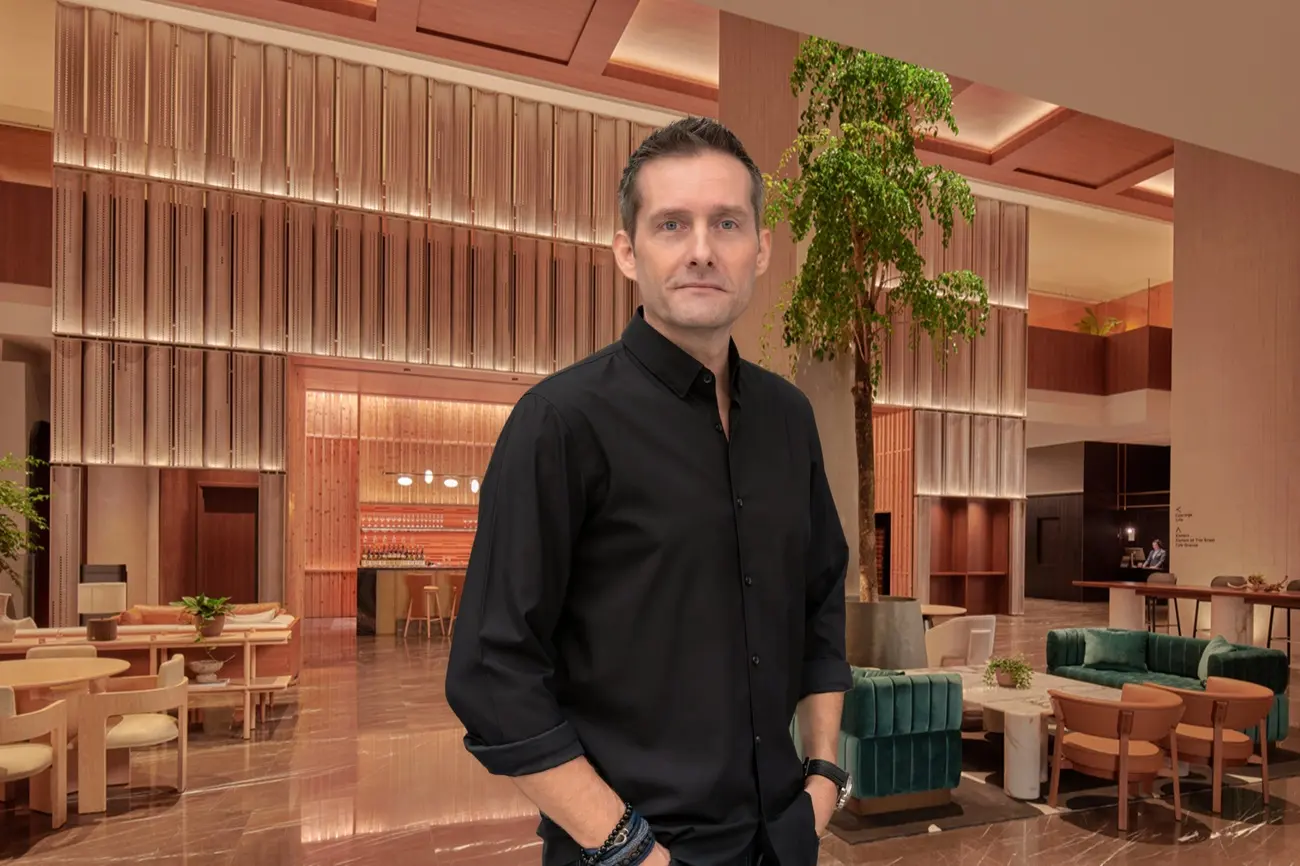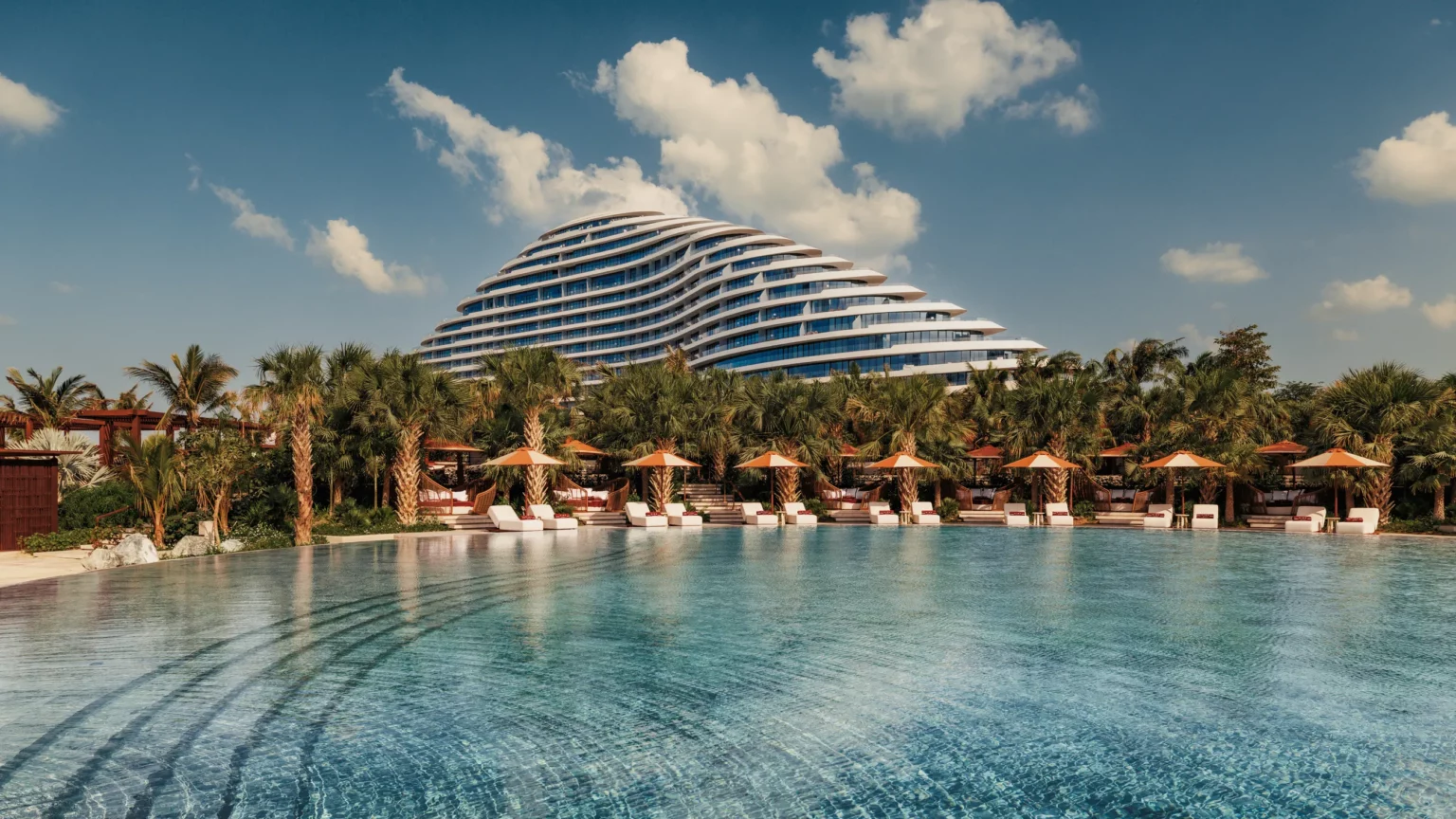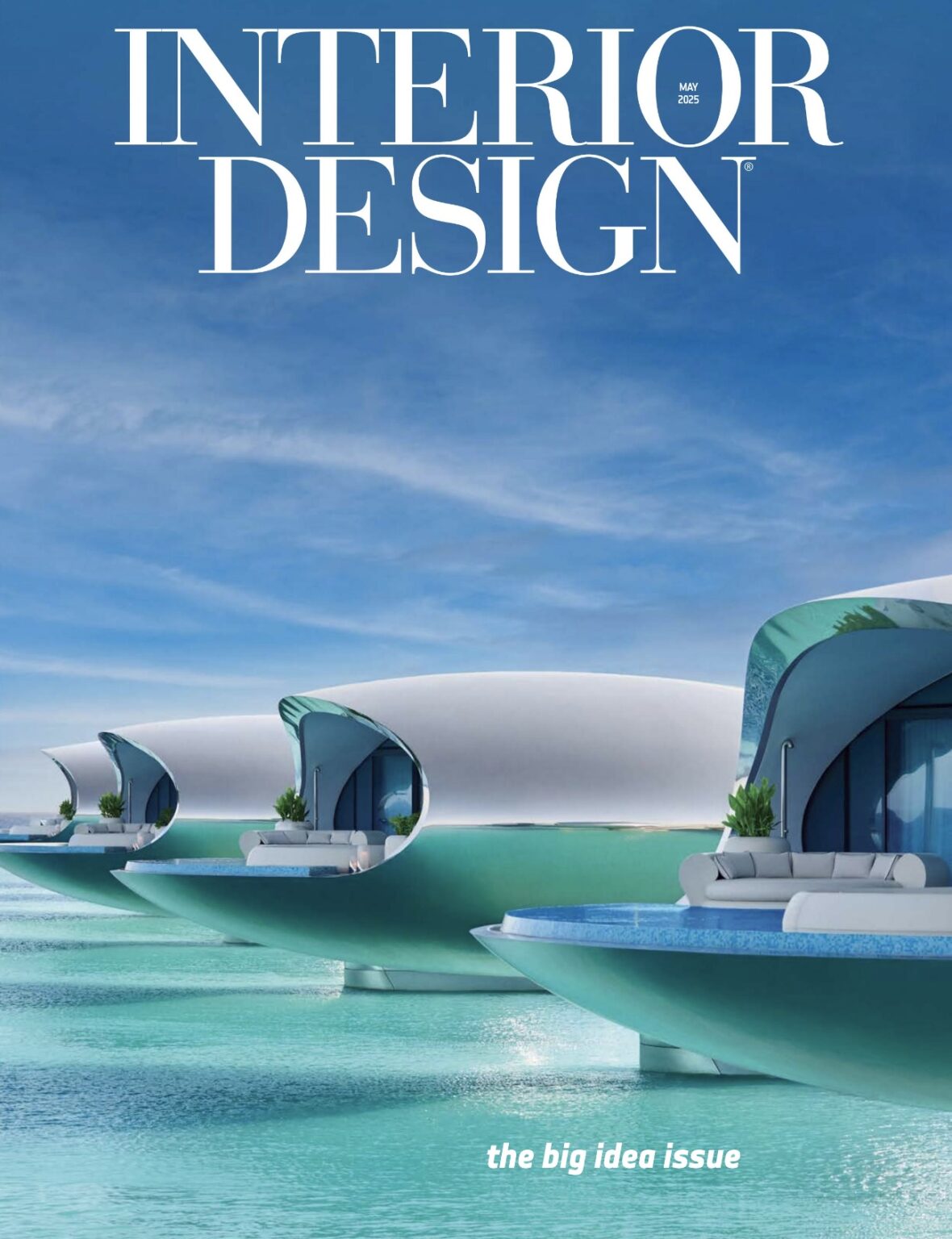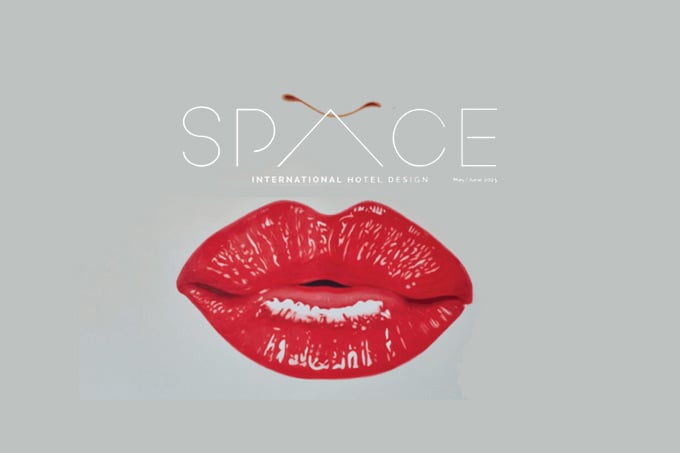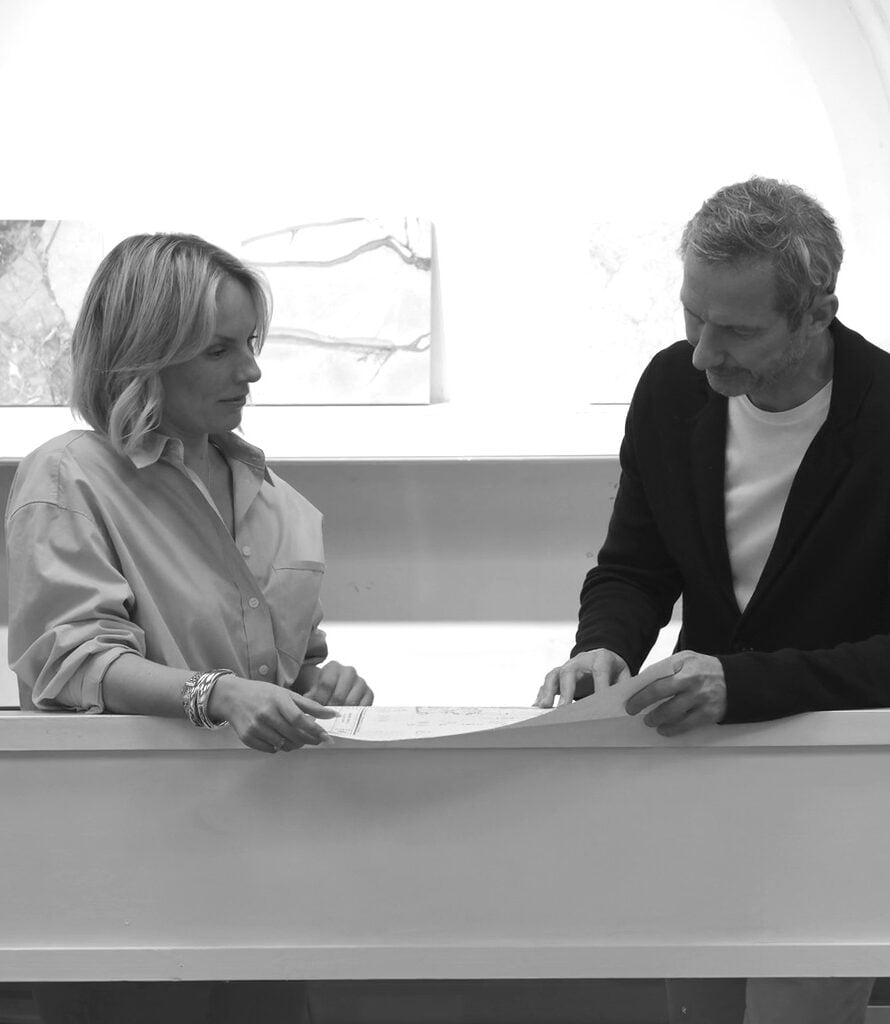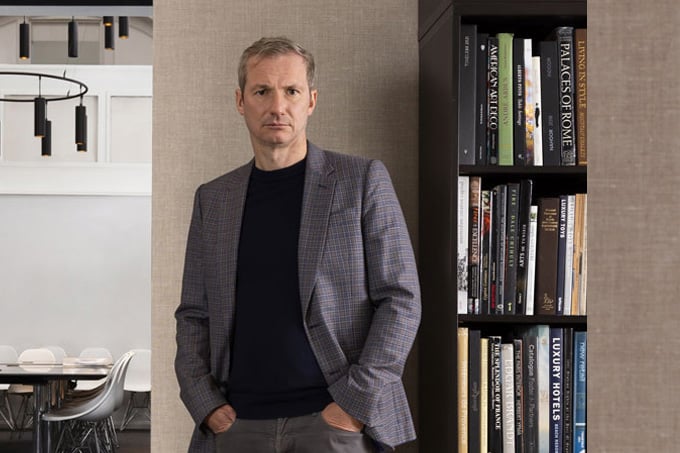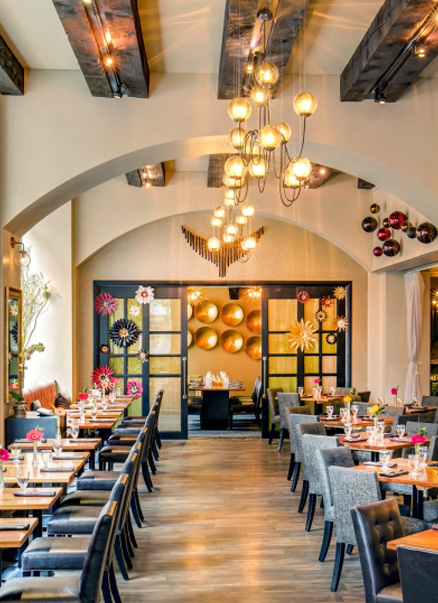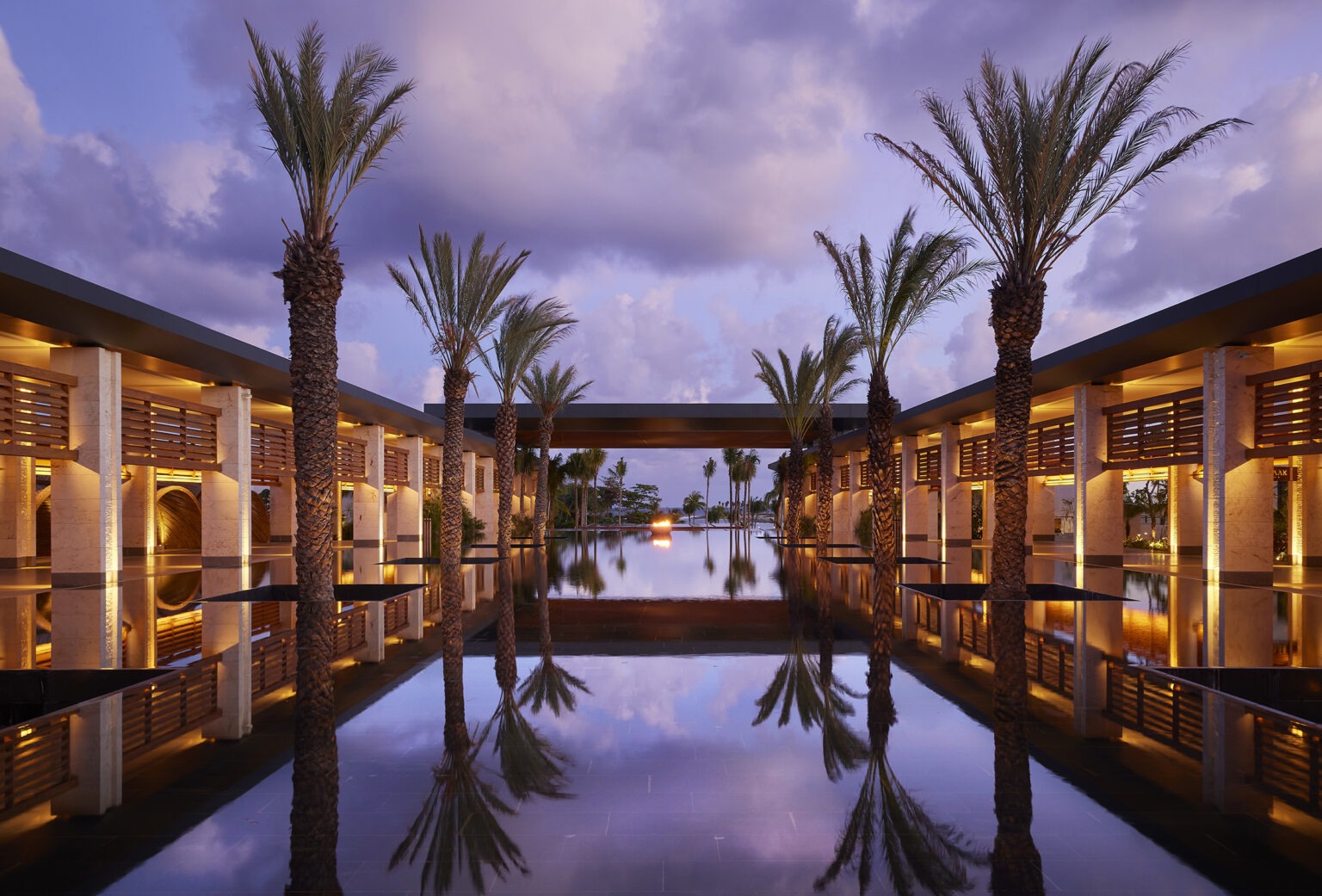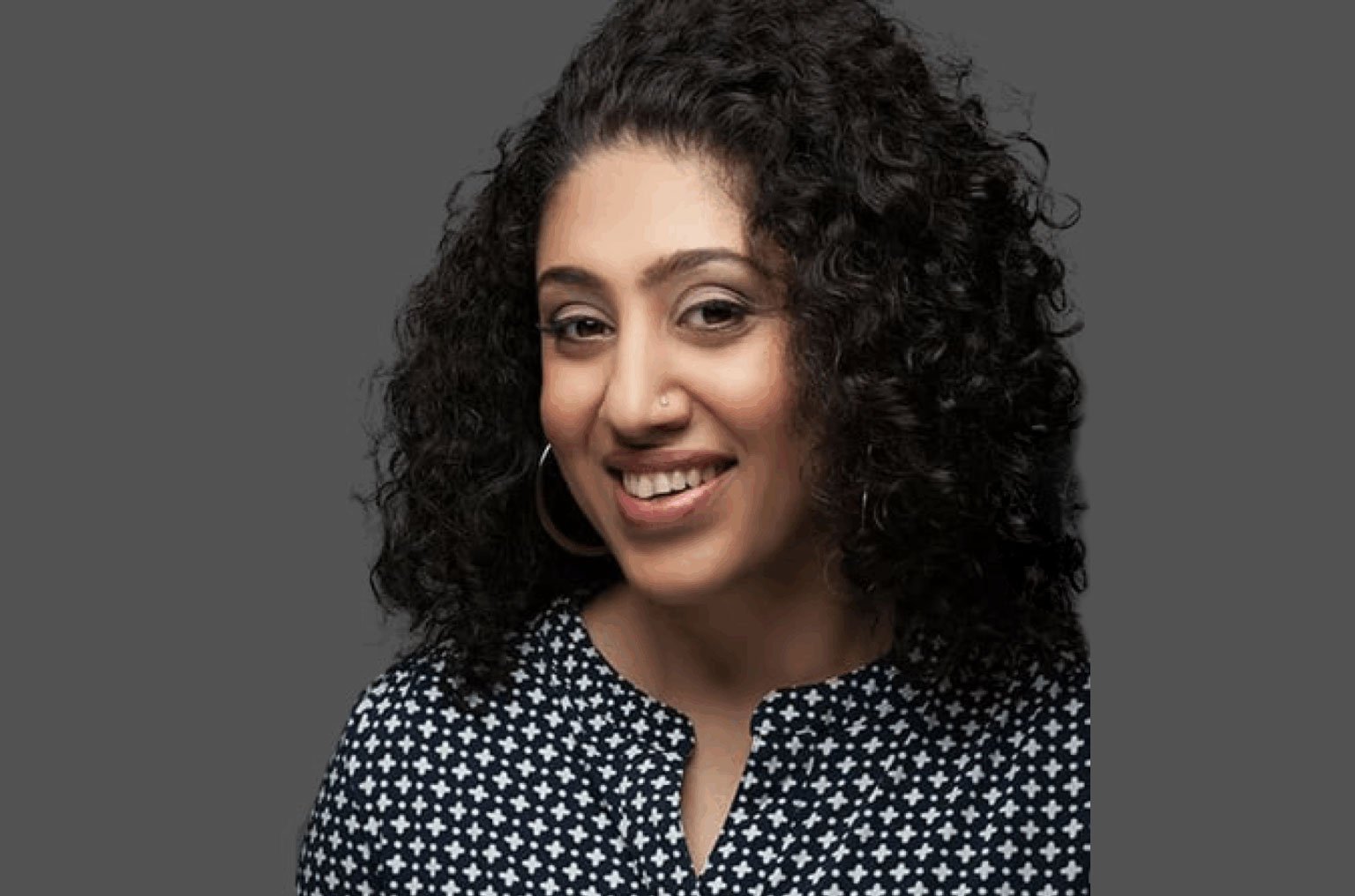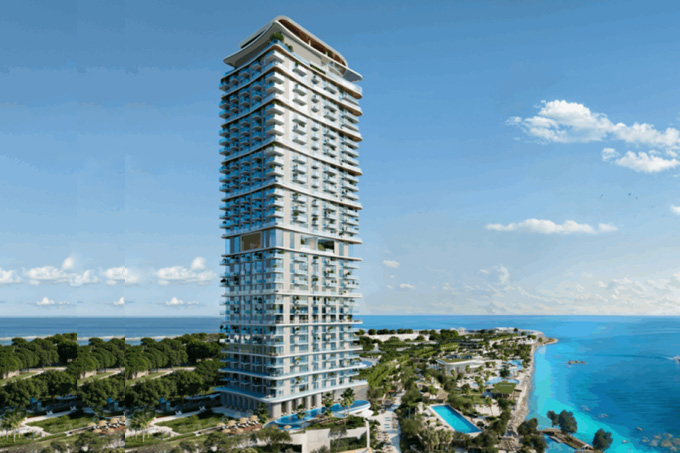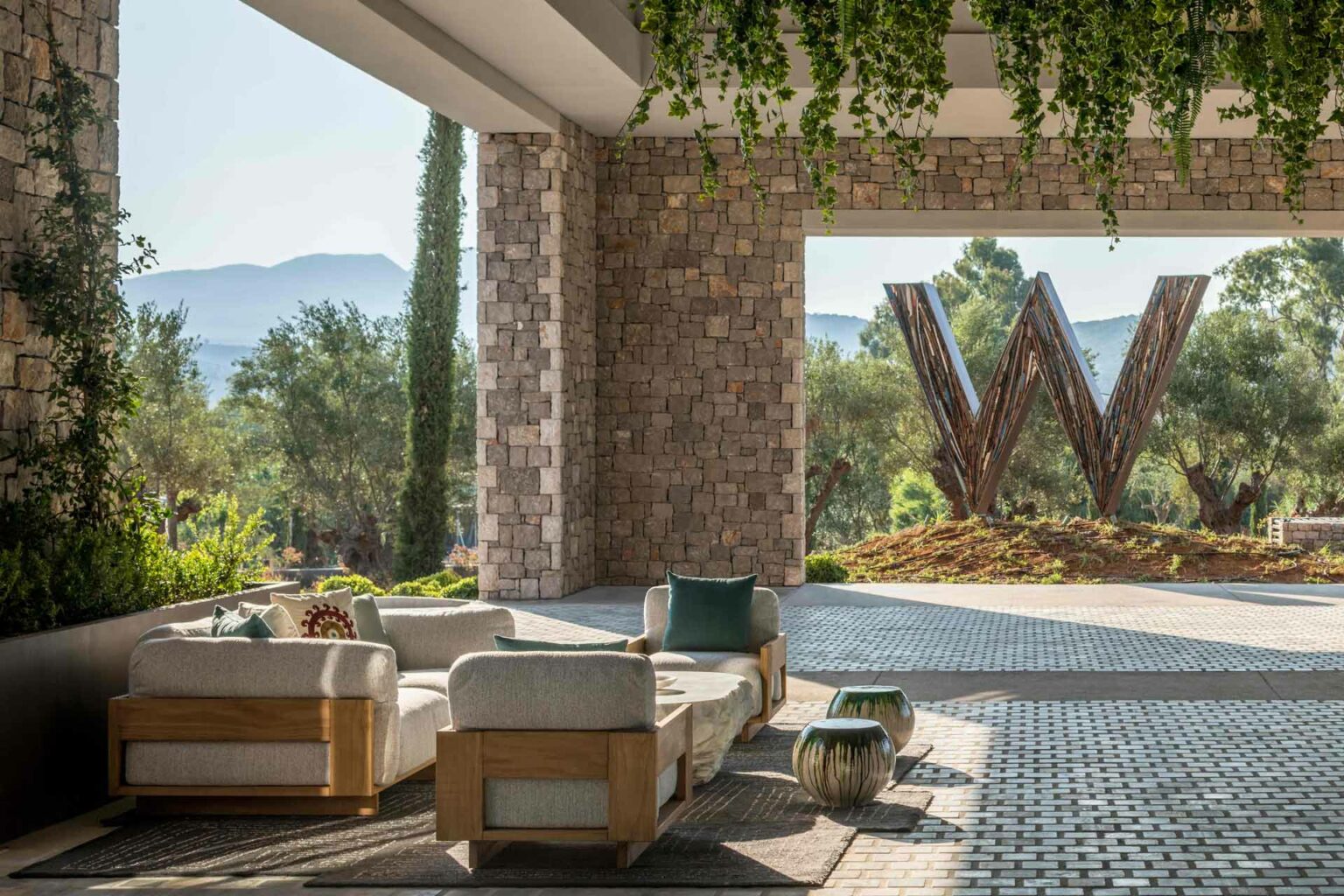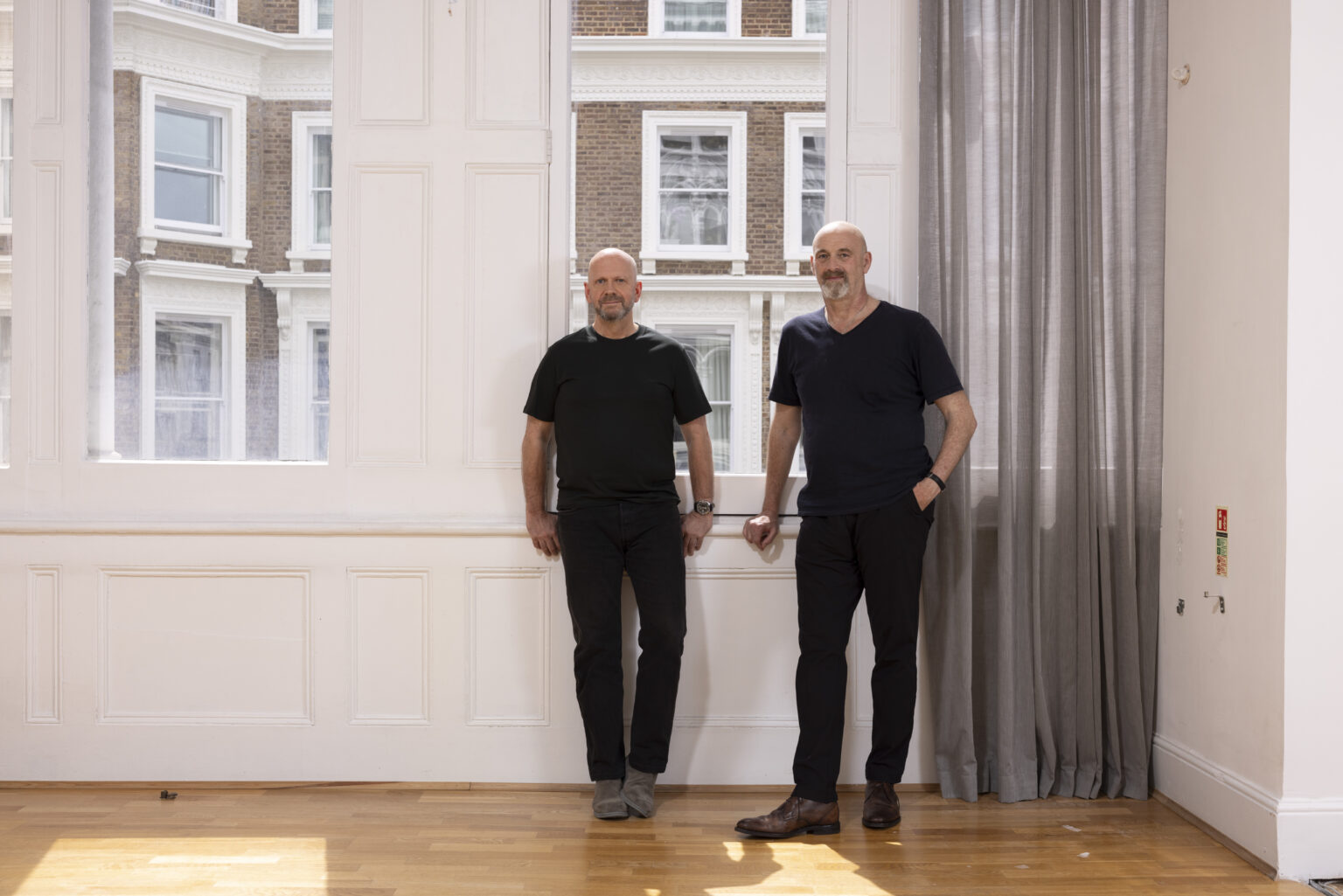Timeless luxury in hospitality: A return to substance over show
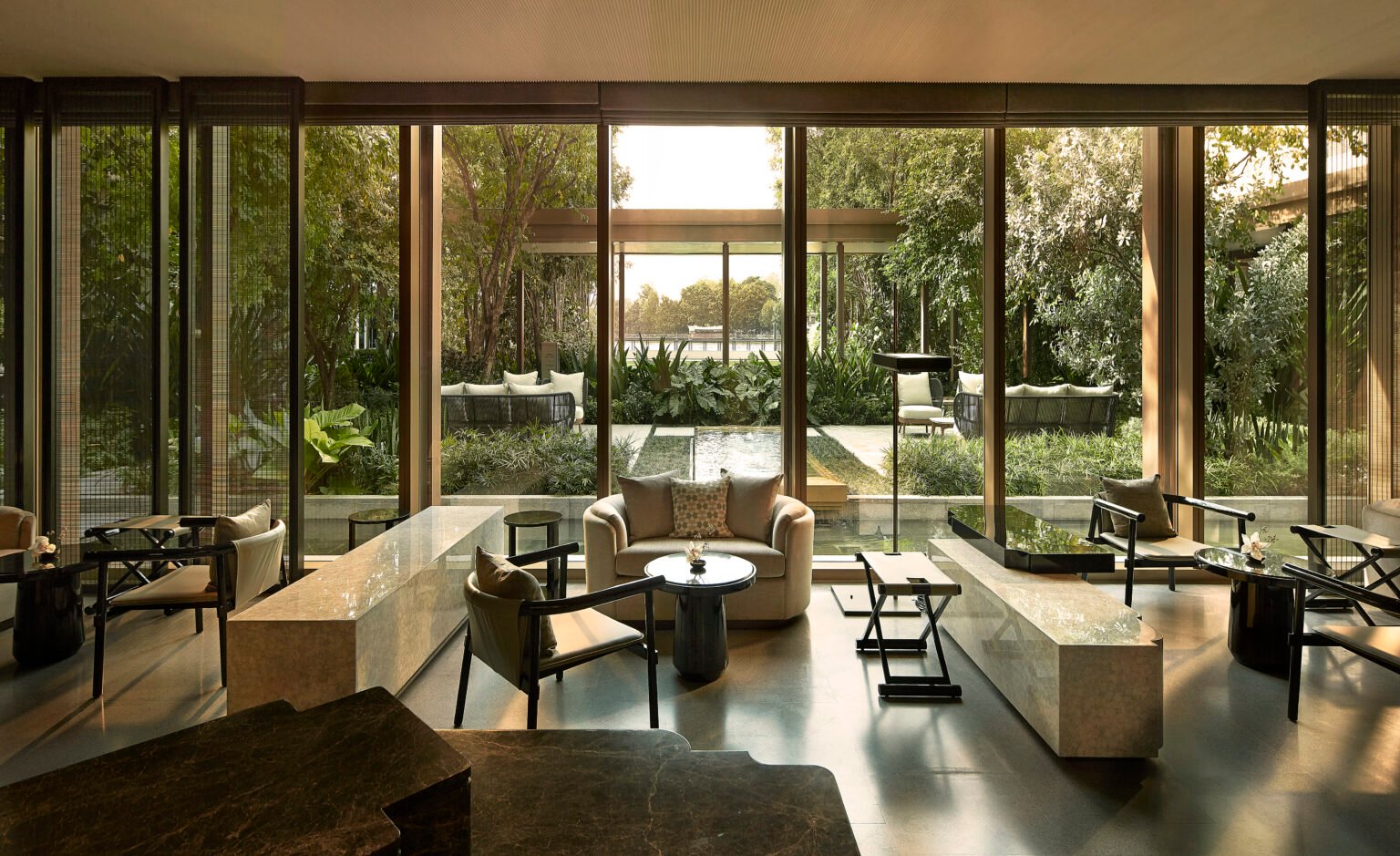
Capella Bangkok
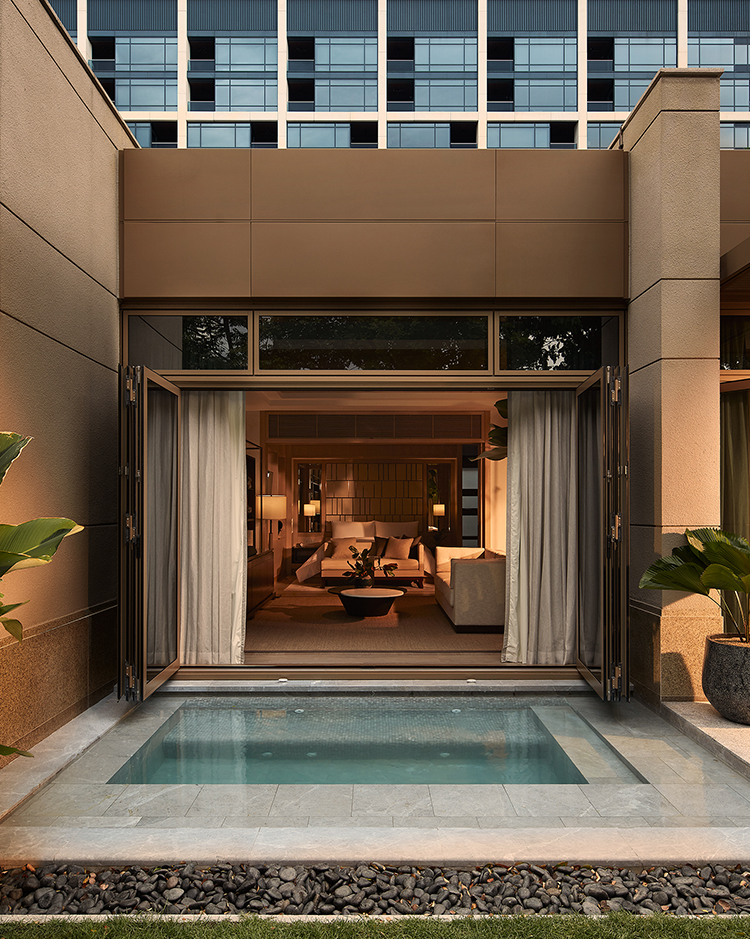
Today, we’re not just designing for prestige. We’re designing for peace, privacy, and purpose.
Thailand’s Unconventional Path to Luxury
Unlike traditional hospitality markets where infrastructure and mature demand typically pave the way for high-end investment Thailand has flipped the script. Here, luxury often comes first.
The market isn’t waiting for highways or airports – it’s building with intent. Guided by a clear strategy Thailand is appealing to discerning, experience‑led guests rather than chasing sheer occupancy.
This leapfrogging is reshaping how we define, design, and deliver luxury, positioning Thailand as a compelling testbed for what “timeless luxury” truly means.
From Buzzword to Blueprint: What Does “Timeless” Actually Mean?
“Timeless” design is easy to label and harder to define. Neutral palettes, natural materials, soft branding – it’s tempting to reduce it to a checklist. But when done right, it’s not about styling down. It’s about scaling meaning up.
“Timeless design isn’t fixed, it’s fluid. It’s the right expression of style, rooted in context and time, delivered iconically.” – Paula O’Callaghan – HBA Partner
Historically, timelessness was expressed through grandeur: neoclassical symmetry, Art Deco flourishes, the kind of opulence meant to last generations. Today, we lean into quiet luxury: pure forms, soft tactility, and materials that wear in, not out.
This philosophy draws from traditions as varied as Palladian proportion, Japanese wabi-sabi, and Thai artisanal craft, each rooted in balance, restraint, and authenticity.
In a world of constant content and trend fatigue, timeless design offers a pause. It’s not meant to go viral. It’s meant to stay relevant.
From Prestige to Privacy
One of the most telling shifts we’re seeing in the luxury space is the move away from status signaling and toward self-curated experiences. Nowhere is this more evident than in how guests now choose to stay:
- Full Resort Buyouts are no longer rare indulgences. In Thailand, groups of multigenerational families or high-profile travelers are increasingly booking
- Micro-resorts properties like twinpalms resorts in Phuket or 137 Pillars House in Chiang Mai (both under the umbrella of SLH) are leading the trend in Thailand, small-scale luxury resorts designed to feel like private estates.
- Soft Branding and low-profile launches have replaced grand openings. Signage is subtle, press is minimal, and properties thrive on word-of-mouth and curated lists rather than splashy marketing. Even luxury properties like Amanpuri or Rosewood Phuket maintain a sense of understatement, allowing the experience to speak for itself.
- Curated In-Villa Experiences from Chef’s table dinners, on-call mixologists to private wellness… all reflect the essence of modern luxury: curated for ease, and entirely on your terms. On Koh Kood, Soneva Kiri offers full-island privacy on demand, think jungle-ensconced villas with private slides into your pool, and a full team ready to bring everything from treetop dinners to outdoor cinemas to your doorstep.
- The Branded Residence Effect Perhaps the most telling expression of timeless luxury is the rise of branded residences, all the discretion and service of a five-star hotel, without the structure of one. At Aman Nai Lert Bangkok and Four Seasons Private Residences Bangkok at Chao Phraya River, residents experience the pinnacle of service, from concierge to wellness all in complete privacy. No check-in, no common areas, no schedule. Just life, effortlessly elevated.
This is a far cry from the days of ostentation and being seen in the right lobby. Luxury today is all about not being seen at all.
Luxury That Remembers You
Designing for timelessness also means creating spaces that tell stories… stories guests carry with them long after they checkout.
Because in truth, guests rarely remember the thread count or the hardware finish. They remember how the room smelled after it rained. The story behind a carved timber screen. A conversation with the chef about the herbs picked that morning.
This is Luxury that moves you quietly but resonates profoundly.
Wellness 2.0 and the Rise of Holistic Intent
As hospitality evolves, wellness-driven design has become a defining pillar of luxury.
Thailand’s wellness offering has evolved into a sophisticated expression of holistic living, where ancient wisdom meets advanced science. At destinations like Kamalaya Koh Samui, wellness is no longer a service but a fully immersive journey, integrating practices such as Traditional Chinese Medicine and Ayurveda with cutting-edge therapies that target cognitive, emotional, and physical well-being.
In Bangkok’s green lung, RAKxa Integrative Wellness combines hospital‑grade diagnostics and hyperbaric oxygen therapy with ancient healing traditions to optimize rest and recovery.
Chiva‑Som Hua Hin, a pioneer in wellness for nearly 30 years, continues to set the bar for personalized, multi‑modal retreats, integrating biofeedback to support emotional balance and sleep quality.
These purpose-built retreats reflect a deeper shift in luxury: one that prioritizes inner balance, restorative experiences, and long-term vitality.
These shifts are also driving innovation in design: GoodNight LED bulbs at Six Senses Yao Noi align guest environments with circadian rhythms, while layered acoustic strategies create restorative soundscapes.
Hilton’s 2024 study found “rest and recharge” is now the top reason people travel. This insight is reshaping not only what’s offered, but how spaces are designed to genuinely support restoration.
The evolution towards wellness-driven design is both a guest expectation and a powerful differentiator for forward-thinking properties.
The Investment Case for Timelessness
From both a brand and capital investment perspective, timeless design makes strategic sense. Projects with enduring materiality and clear identity require fewer costly refresh cycles. They age gracefully, stay aligned with brand values and avoid the need for rebranding because the aesthetic never goes out of style.
Looking Forward
Thailand’s luxury sector is evolving with remarkable clarity. Fewer rooms. More meaning. Less noise. Deeper connection.
Designers and developers across APAC would do well to view this not as a trend, but as a transition: from prestige to purpose, from spectacle to stillness, from ownership to experience.
